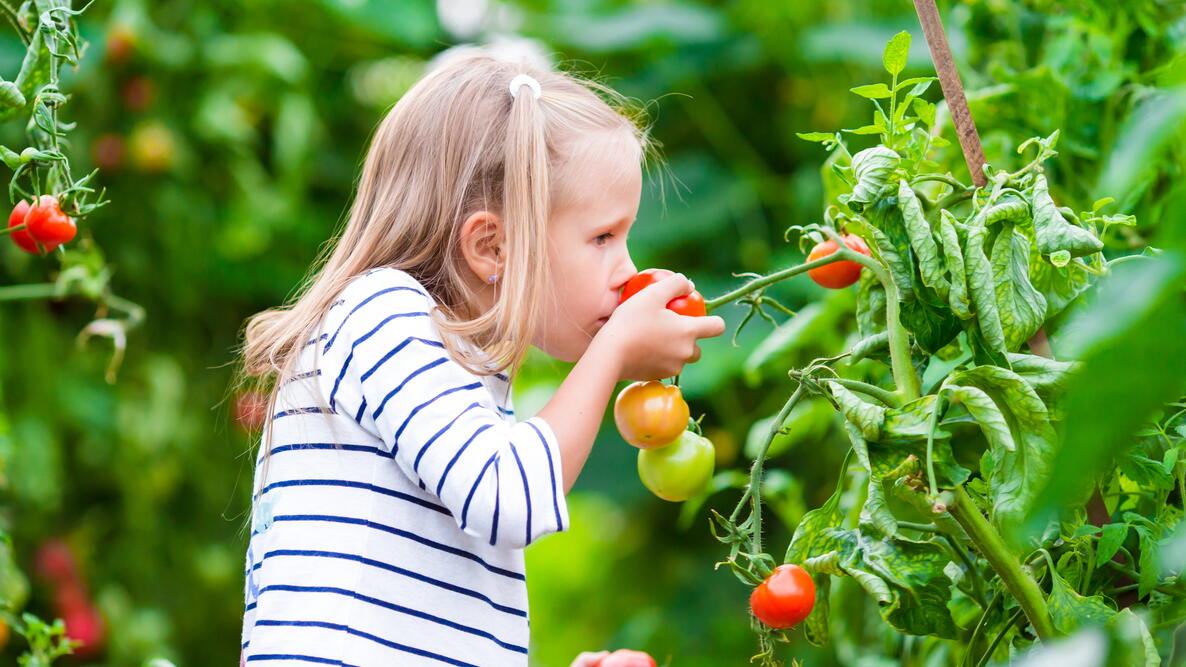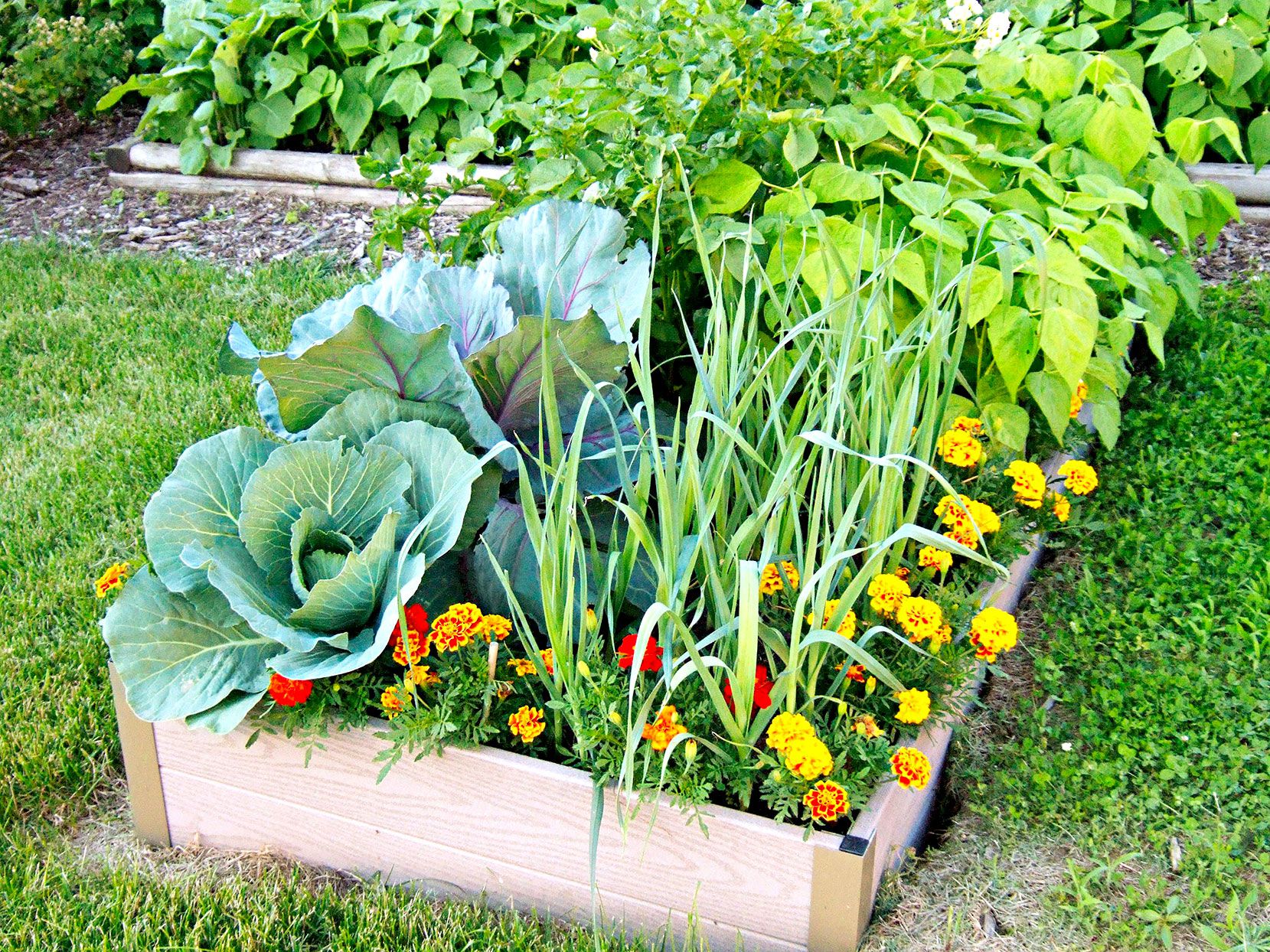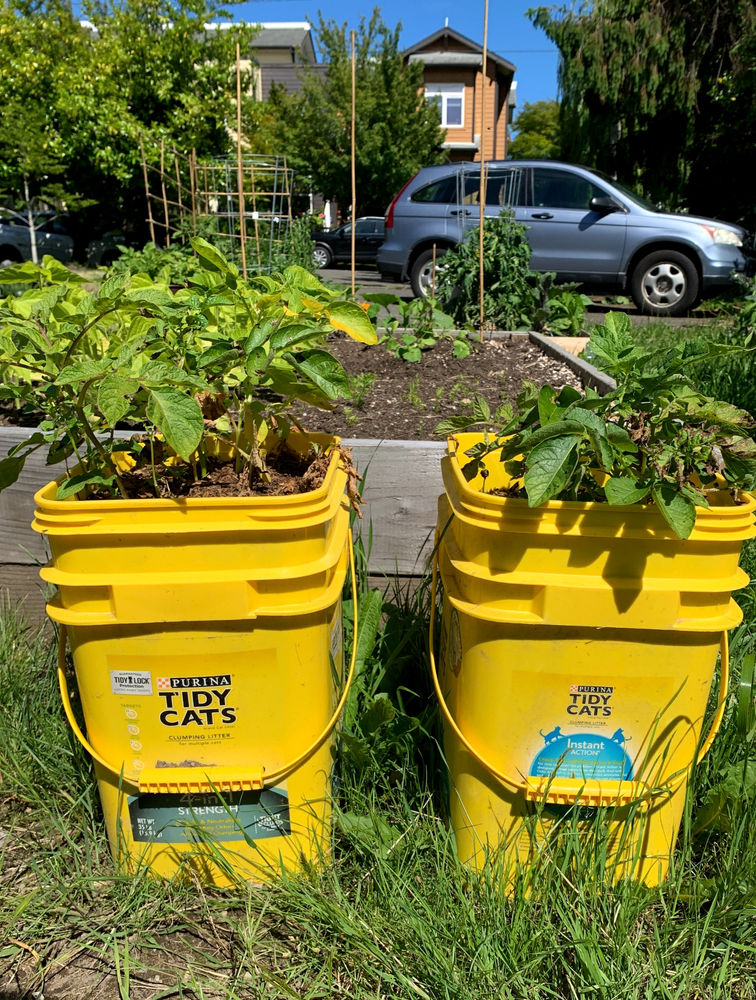To plant garden vegetables, prepare the soil by removing weeds and loosening it. Then, sow the seeds or transplant seedlings according to specific instructions for each vegetable.
Choosing The Right Vegetables
Learn how to choose the right vegetables for your garden, ensuring successful planting and growth. Discover tips and advice on selecting the best varieties, taking into account factors like climate, soil conditions, and personal preferences.
Sun Requirements
When it comes to choosing the right vegetables for your garden, one major factor to consider is their sun requirements. Different vegetables have different needs when it comes to sunlight. Some vegetables thrive in full sun, while others prefer partial shade. Understanding the sun requirements of the vegetables you want to grow is crucial for their overall health and productivity.
Space Considerations
Another important aspect to consider when choosing vegetables for your garden is the space available. Some vegetables, like tomatoes and cucumbers, require ample space to grow and spread their vines. On the other hand, vegetables like lettuce and spinach can be grown in smaller areas or even in containers. Assessing the available space in your garden will help you determine which vegetables are suitable for your specific circumstances.
Soil Conditions
The quality of the soil in your garden plays a significant role in the success of your vegetable plants. Different vegetables have different soil requirements. Some vegetables, such as carrots and potatoes, prefer loose, well-draining soil, while others, like peppers and beans, can tolerate heavier soil. Testing your soil and understanding its composition will help you select vegetables that are well-suited to the conditions of your garden.
In addition to considering the sun requirements, space considerations, and soil conditions, it’s important to choose vegetables that you enjoy eating. Growing your own vegetables not only allows you to have fresh produce at your fingertips but also provides the satisfaction of seeing your hard work pay off. Take some time to research and identify the vegetables that align with your preferences and gardening goals.

Credit: canadianfoodfocus.org
Preparing The Garden Bed
Preparing the garden bed for planting vegetables is a crucial step in ensuring a successful and bountiful harvest. By taking the time to properly clear, loosen, and amend the soil, you can create an ideal environment for your vegetable plants to thrive. Here’s how to prepare the garden bed for a flourishing vegetable garden.
Clearing The Area
The first step in preparing your garden bed is to clear the area of any debris, weeds, or unwanted vegetation. Remove any rocks, sticks, or large clumps of grass to create a clean and tidy space for planting. This process not only enhances the appearance of the garden but also prevents competition for nutrients and water from the vegetable plants. Use a garden fork or shovel to diligently clear the area before proceeding to the next step.
Loosening The Soil
Next, focus on loosening the soil to create a hospitable environment for plant roots to grow and expand. Use a garden tiller, fork, or other appropriate gardening tool to break up compacted soil and remove any clumps. Loosening the soil also promotes better drainage and aeration, which are essential for healthy plant growth and root development. Taking this step allows the roots to penetrate the soil more easily, gaining access to vital nutrients and water.
Amending The Soil
Once the soil is cleared and loosened, it’s time to amend it with organic matter and nutrients. Incorporating compost, aged manure, or other organic materials into the soil improves its structure and fertility, providing a rich foundation for vegetable growth. Spread a layer of the amendment over the soil surface and use a garden fork to work it into the top few inches. This process not only enriches the soil but also enhances its ability to retain moisture and nutrients, supporting healthy plant growth.
Starting Seeds Indoors
Starting your vegetables from seeds indoors is a great way to get a jump-start on your garden and ensure a successful harvest. By providing the ideal conditions for germination, you can give your plants a head start before transferring them outside. In this section, we will cover the crucial steps of selecting containers, sowing the seeds, and providing adequate light.
Selecting Containers
Choosing suitable containers is essential for successful seed starting. Look for containers that have drainage holes to prevent waterlogging and promote healthy root development. You can repurpose items like yogurt cups, egg cartons, or seed trays. Alternatively, purchase seed-starting trays or biodegradable pots from your local gardening store.
Sowing The Seeds
Once you have your containers ready, it’s time to sow the seeds. Fill each container with a high-quality seed-starting mix, which provides the nutrients and moisture retention necessary for healthy growth. Follow the directions on the seed packet for the recommended depth and spacing. Gently press the seeds into the soil or use a pencil to create small holes for larger seeds. Cover the seeds lightly with soil and mist with water.
Providing Adequate Light
Light is crucial for seed germination and the development of strong seedlings. Place your containers near a south-facing window where they can receive direct sunlight for at least 6-8 hours a day. If natural light is insufficient or inconsistent, consider using artificial grow lights. Position the lights a few inches above the seedlings to prevent leggy growth.

Credit: www.almanac.com
Transplanting Seedlings
Transplanting seedlings is a critical step in the gardening process, as it involves moving young plants from their nursery pots to the garden beds. This helps them establish their root systems and thrive in their new environment. However, this step requires careful attention to ensure the best chance of success. In this section, we will explore the importance of hardening off seedlings, choosing the right time for transplanting, and the proper technique to follow for a successful transplant. Let’s get started!
Hardening Off
Hardening off is the process of gradually acclimating seedlings to the outdoor conditions before transplanting them into the garden beds. This step is crucial because it helps to toughen up the delicate plants and prepare them for the harsher elements outside the protected environment of the nursery. Hardening off prevents transplant shock, which can stunt growth or even cause the plant to die.
To harden off seedlings, follow these steps:
- Choose a location protected from strong winds and direct sunlight.
- Start by placing the seedlings outdoors for a few hours each day, gradually increasing the time over the course of a week.
- Gradually expose the plants to direct sunlight, starting with a few hours of morning sun and gradually increasing the exposure.
- Bring the seedlings indoors or cover them with a light shade cloth if there is a risk of frost or extreme weather conditions.
By gradually exposing seedlings to the outdoor conditions, you are giving them time to adjust and strengthen, increasing their chances of survival and successful growth in the garden.
Choosing The Right Time
Timing is everything when it comes to transplanting seedlings. It is essential to choose the right time to ensure optimal growth and avoid potential setbacks. Here’s what you need to consider:
- Weather: Wait until the threat of frost has passed and the soil has warmed up before transplanting seedlings. This typically happens in late spring or early summer.
- Growth stage: Look for the presence of a few true leaves on the seedlings, as this indicates that they are strong enough to handle transplantation.
- Soil conditions: The soil should be moist but not waterlogged. Ensure it is well-drained and has good fertility for optimum plant growth.
By paying attention to these factors, you can determine the right time to transplant your seedlings, providing them with the best chance of thriving.
Proper Transplanting Technique
When it comes to transplanting seedlings, following the proper technique is essential for success. Use the following steps as a guide:
- Prepare the garden bed by loosening the soil and removing any weeds or debris.
- Dig a hole large enough to accommodate the roots of the seedling, ensuring it is deep enough so that the top of the root ball is level with the soil surface.
- Carefully remove the seedling from its nursery pot, gently teasing apart any tangled roots.
- Place the seedling into the hole, backfill with soil, and lightly firm it around the plant, being careful not to damage the roots.
- Water the newly transplanted seedlings thoroughly to help settle the soil around the roots.
Remember to water regularly after transplanting to promote healthy growth and monitor your seedlings closely for any signs of stress or nutrient deficiencies.
By following these guidelines for hardening off, choosing the right time, and practicing the proper transplanting technique, you can ensure the successful transplantation of your seedlings and enjoy a bountiful harvest in your garden.
Caring For Garden Vegetables
Caring for garden vegetables is essential to ensure they grow healthy and produce a bountiful harvest. Proper care involves watering, weeding, and fertilizing your garden vegetables to provide them with the necessary nutrients and environment for optimal growth.
Watering
Watering is a critical aspect of caring for garden vegetables. It is important to provide your plants with consistent moisture, ensuring the soil is evenly moist but not waterlogged. To achieve this, consider using a soaker hose or drip irrigation system to deliver water directly to the base of the plants.
Weeding
Weeding is necessary to keep your garden free from invasive plants that compete for water, nutrients, and sunlight. Regularly inspect your garden for weeds and carefully remove them to prevent them from stifling the growth of your vegetables.
Fertilizing
Fertilizing is vital to supplement the soil with essential nutrients that promote healthy growth and development. Utilize a balanced fertilizer to provide your garden vegetables with the necessary nutrients, and consider incorporating organic compost to enrich the soil naturally.
:strip_icc()/woman-haarvesting-vegetables-in-garden-ad4e9942-6c2139192aec49aeb46256594d1fc8bb.jpg)
Credit: www.bhg.com
Conclusion
In this guide, we’ve covered the essential steps for successfully planting garden vegetables. By following these tips, you can kickstart your gardening journey with confidence and enjoy a bountiful harvest. Remember to prioritize soil preparation, watering, and maintaining the appropriate conditions for your plants to thrive.
Happy planting!









